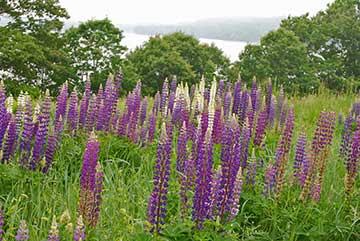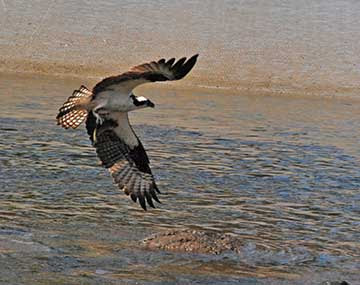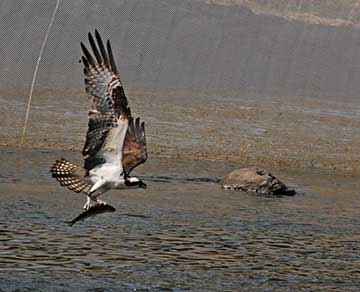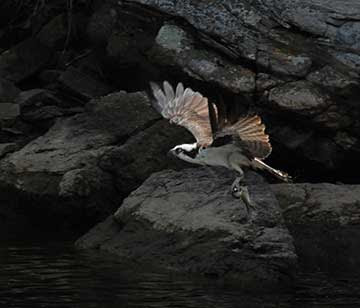Alewives
The return of the alewives to the lakes where they were born is a time of celebration - for people and critters alike. While many of the rivers in Maine host the return of these once-abundant fish, the most dramatic migration happens in the hamlet of Damariscotta Mills. The old fish ladder was recently restored, and there is now a festival to welcome the human pilgrims who want to witness this ancient ritual.
Alewives are anadramous fish, meaning they are born in fresh water, migrate to the sea as juveniles, and return to their birthplace to begin the cycle anew. Unlike salmon, the majority of alewives do not die after spawning, and return the following year. Also known as river herring, they were once plentiful all over New England. Dams and over-fishing have eliminated many runs, and some towns like Waldoboro are trying to restore their alewife populations.
Alewives are typically smoked, and it has been a long tradition to give a bushel of these oily fish to town widows. Some of the widows prize the taste while others will resell them to lobstermen for bait. Although these fish are 10 to 12 inches long, herring gulls will swallow them whole, then go back for more. Photographers from all over set up phalanxes of tripods and monster telephoto lenses for a chance at catching an osprey snagging a fish.
This year the run was exceptionally dramatic, and since the fish move up from the Great Salt Bay into Damariscotta Lake via the fish ladder, they are concentrated at this spot. The early spring kept the water warm, which encourage the fish to move out of the bay. The lupines were also in early and full bloom. May is typically the month the alewives return, and from July to October the juveniles will make their way to the sea.

This is what May 9 typically looks like in Damariscotta Mills

What it looked like on May 23 this year





























